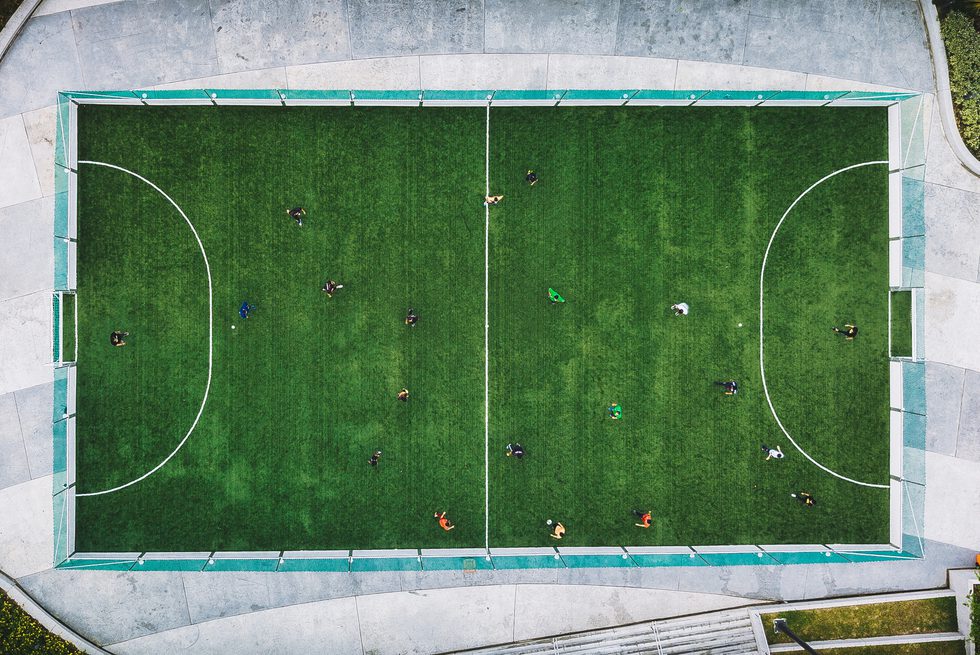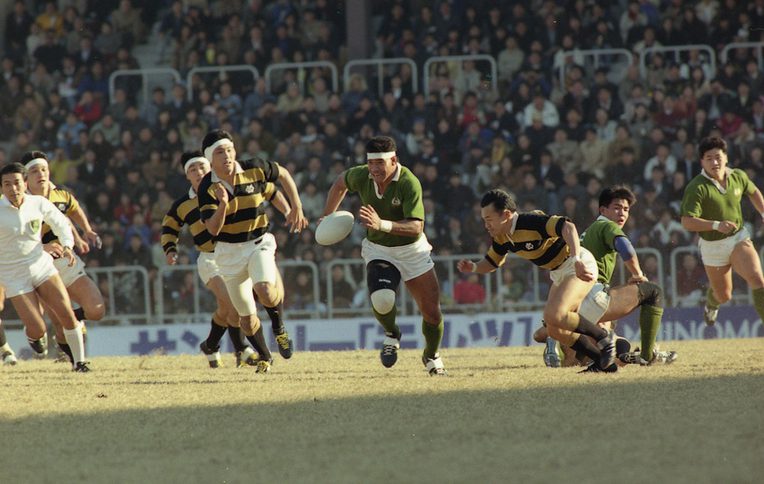Sports: Translation
From the Series: Sport
From the Series: Sport

There are perhaps few areas of the socio-cultural worlds in which we live that bring out as explicitly as sport received assumptions about gender, ethnicity, social class and a host of other fundamental categories through which we organize our lives. From the spectacular conflation of nationalism and physical prowess (as witnessed, for example, in the just-opened Winter Olympics in a deeply troubled twenty-first-century Russia) to the quotidian work of improving one’s health, perfecting one’s jab, or working on one’s abdominals that the biopolitical order of things that we live in dictates we should engage in, sport brings out all the contradictions of the contemporary world. Gender and sexuality, cross-cut by ethnicity, religious affiliation, and social class, are probably some of the most important aspects of our lives that sport foregrounds. As the young kickboxing Dutch women whose parents or grandparents immigrated, several decades ago, to the Netherlands demonstrate, bodies are sites where assumptions, prejudices, subjectivities and constraints all collide, placing the meaning of gender, religion, and determinative structures of inequality on the table.
Rana’s fieldwork with young Dutch Muslim women who take up kickboxing and other martial arts confronts important aspects of Dutch and worldwide representations of the intersection of gender and ethnicity, which constructs ethnic femininity as antagonistic to sport and physical activity in general. On the contrary, Rana shows, these young women are very keen to engage in what is widely considered one of the more violent and aggressive forms of exercise, offered to them as a way of “empowering” youthful minority femininity. Yet this interest has the unsettling potential of falling right back into familiar ground: women (of whatever religion or ethnicity) are more interested in self-improvement and beauty than in fighting adversaries; whereas men fight competitors. It is perhaps the sad outcome of lives fighting both the gendered assumptions of conservative immigrant relatives and the deeply racist assumptions of a Dutch mainstream that gender differences in kickboxing practices should have such a familiar ring.
What I find particularly interesting about the gendering of kickboxing training is the way in which it echoes Bourdieu’s analysis of the physical attributes of particular sports in terms of class-based understandings of the body. He compared, for example, sport that involved an “instrumental relation to the body itself which the working classes express in all the practices centred on the body” (“How Can One Be a Sports Fan?” 1999, 438), such as rugby or boxing, with the middle-classness of activities like jogging and gym training, which do things to the body rather than with it, and develop a “body-for-others.” Similarly, in Rana’s fieldwork, men’s kickboxing training centralizes doing things with the body, while women’s training focuses on the body as an end. The transposition of a social class habitus onto a gendered one raises fascinating questions about the intersection of these categories, as well as minority groups’ relationship to the webs of distinction associated with them. Yet the entanglement of the material and the symbolic here is perhaps more complex, and the assumptions we make about how sport may offer progressive possibilities or, on the contrary, only serve to reinforce structural inequalities need to be examined carefully. In what way would an aggressive style of kickboxing offer young Dutch Muslim women “empowerment” possibilities in contrast to the use of the sport for toned abdominals and tight buttocks? Can a shapely body that conforms to mainstream ideals be in fact a way of asserting one’s place in society? Or is a focus on winning a kickboxing match a better way of claiming respect and dignity?
What this and other recent ethnographic works on sport demonstrates is that easily dismissed and trivialized socio-cultural forms like sport in fact constitute “the serious life,” to borrow Émile Durkheim’s celebrated phrase, while also challenging Durkheim’s understanding of where this seriousness is located. Sport can articulate all the tensions of the contemporary world, deepening some inequalities while exposing others. Just like beauty, athletic prowess has the potential of undermining the foundation up on which structural inequalities, such as wealth, pedigree, and race, are based—a fact that is not lost on successful athletes. At the same time, one hopes for a better future, in which sport can become an arena where differences in gender, sexuality, ethnicity, race, and multiple other factors of human difference are put to the test in fundamental ways, much more so than the reactive way in which young Dutch Muslim women kickboxers seem to be going about their practices with the encouragement of their trainers. One hopes for a much more fundamental engagement with Marcel Mauss’ representation of the body as “the first and most natural technical object of man, and at the same time his technical tool” ([1934] 1983, 372). In other words, how is the body the nexus of social subjects’ engagements with structures on different scales? How can the body act as the mediating subject and object that Bourdieu sees in it, a means of collapsing the subjective and the objective? How do sports embody all the contractions of the world in which we live, leaving some aspects of it unchallenged while unsettling others?

Bourdieu, Pierre. 1999. "How Can One Be a Sports Fan?" In The Cultural Studies Reader, edited by Simon During, 427-440. 2nd ed. London: Routledge.
Mauss, Marcel. (1934) 1983. "Les Techniques sur le Corps. In Marcel Mauss: Sociologie et Anthropologie, 145-279. Paris: Presses universitaires de France.